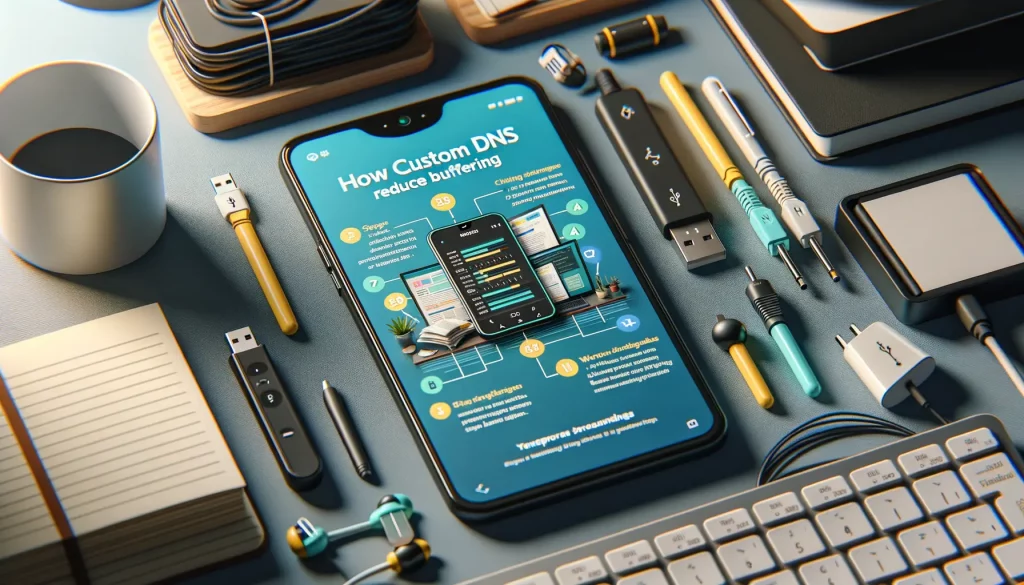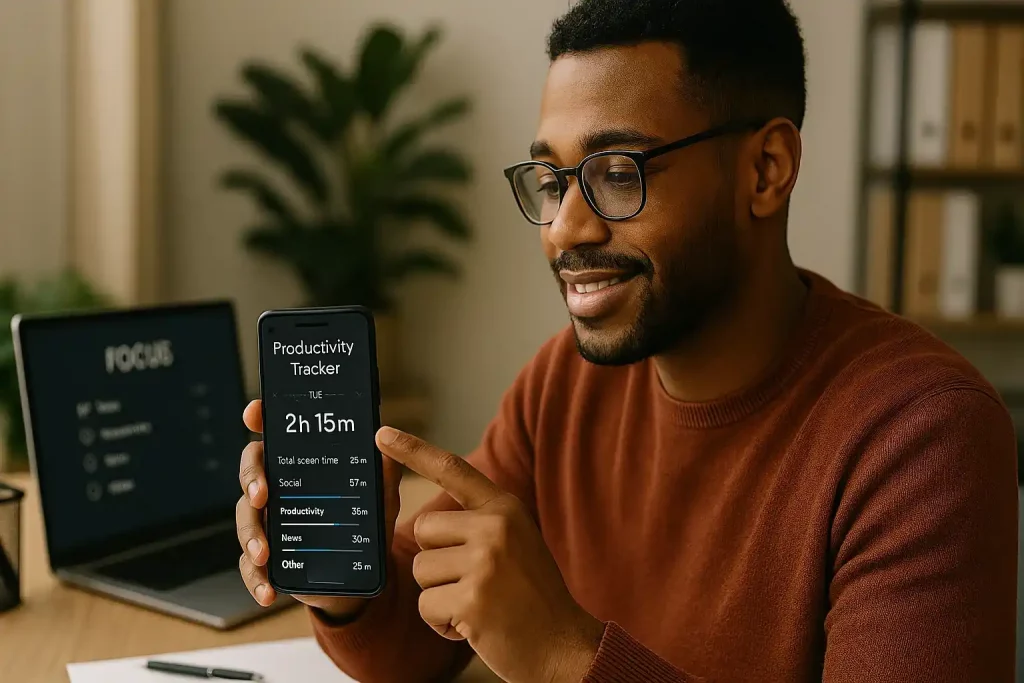Understanding the Importance of Secure Video Sharing
Why Secure Video Sharing Should Be Your Top Priority
Imagine this: you’ve just downloaded a beautiful family video from last weekend’s reunion. It’s full of laughter, memories, and those heartfelt moments you want to share with your loved ones. But stop for a moment—how sure are you that the way you’re sharing this deeply personal content keeps prying eyes away? The truth is, what feels convenient can come with alarming risks if security isn’t in focus.
When videos travel across devices or networks, they’re vulnerable. Without protection, you’re essentially leaving the door open for hackers, data collectors, or even nosy strangers. Sharing without safeguards can expose sensitive memories like baby’s first steps or your anniversary trip to misuse.
Think of it as locking up something precious. You wouldn’t send treasure through the mail in a flimsy envelope, right? The same principle applies to your digital life.
- Identity theft: Stolen videos can reveal personal details about you or your family.
- Unauthorized distribution: Private videos might end up shared without your consent.
Keeping secure is about more than technology—it’s about protecting experiences you cherish.
Methods for Sharing Video Content Securely

Why Secure Video Sharing Matters More Than You Think
Imagine this: you’ve got precious family videos or critical work presentations stored on your device, and you’re ready to share them. But have you ever stopped to think about what could happen if the wrong hands got hold of that content? Sharing video files is more than just clicking “send”—it’s about safeguarding memories, ideas, and private moments.
Gone are the days when emailing a large file seemed smart. Today, you’ll need something better than tossing sensitive downloads into a cloud folder haphazardly. Here’s where secure methods shine. Whether you’re sharing wedding footage with a close friend or collaborating with a team member across the globe, choosing the right approach ensures your data stays protected.
Practical Ways to Share Videos Without Spilling Secrets
Looking to keep things both safe and simple? Here’s a toolkit of methods you can rely on:
- Encrypted cloud storage: Platforms like Google Drive or Dropbox let you encrypt files before sharing. Add a password for an extra security layer.
- Peer-to-peer transfers: Tools like Resilio Sync let you send files directly between devices—no cloud middleman involved.
- Private messaging apps: Signal and Telegram offer end-to-end encryption, protecting videos from prying eyes.
The point? Sharing isn’t just about convenience; it’s about responsibility. So choose wisely, and don’t let anyone gate-crash your digital handoff.
Tools and Platforms for Secure Video Transfer

The Go-To Platforms for Safe Video Sharing
When it comes to securely transferring video content, not all tools are created equal. You need more than just speed; you need a digital guardian that shields your files from prying eyes and lurking cyber threats. That’s where platforms like Dropbox, WeTransfer (Pro), and Google Drive step into the spotlight.
Let me paint you a picture: imagine your family vacation video falling into the wrong hands because of a poorly secured app! To prevent such nightmares, here’s why these tools stand out:
- Dropbox: Known for its end-to-end encryption and link expiration options, it’s like locking your videos in a high-tech safe.
- WeTransfer Pro: Set passwords or time limits on your transfers—perfect for sharing sensitive content on your terms.
- Google Drive: Beyond convenience, it features two-factor authentication for added peace of mind.
Specialized Software for Added Encryption
Sometimes, mainstream isn’t enough. This is where tools like VeraCrypt and NordLocker change the game. Think of them as the bodyguards of the digital world—always on duty. VeraCrypt can encrypt entire folders before you even send them, while NordLocker wraps your files in an extra protective layer.
No matter the platform or tool you choose, the goal remains the same: make sure your videos get to their destination, safely and intact.
Common Challenges in Secure Video Sharing and How to Overcome Them

When Convenience Meets Complexity
Sharing videos seamlessly between devices sounds like a breeze, right? Yet many discover the road is riddled with potholes. One moment you’re trying to send a cherished home video to a family member, and the next, you’re stuck deciphering file compatibility issues or grappling with apps that ought to come with their own instruction manual.
One headache? **File size limits**. Many platforms place strict caps, making sharing high-quality videos feel like stuffing an elephant into a shoebox. Then there’s the lurking shadow of **data breaches**, where your private clips could land in the wrong hands if you aren’t careful. Oh, and let’s not forget: navigating encryption tools can sometimes feel like decoding an ancient hieroglyph.
- File corruption: Ever tried downloading a video only to find it’s mysteriously unplayable? This often happens when data transfer gets interrupted mid-way.
- Device incompatibility: That perfect vacation clip on your phone might look like gibberish on Uncle Joe’s vintage laptop.
Smart Strategies to Stay Ahead
Here’s the silver lining: prevention beats frustration. Invest in tools like end-to-end encrypted cloud storage—think of it as a digital safety vault for your media. Use platforms that offer compression without sacrificing quality. And always double-check the recipient’s device compatibility before sending. It’s peace of mind wrapped in a few extra seconds of prep.
Best Practices for Ensuring Privacy and Security During Video Transfer

Guard Your Videos Like a Vault
Imagine your treasured videos as precious gems. Would you hand them over to just anyone? Of course not! The same should apply digitally. To keep your content safe, start with these golden rules:
- Encrypt before transfer: Think of encryption as a digital lockbox. Tools like VeraCrypt or WinRAR let you password-protect your video files, ensuring only the right people can unlock them.
- Double-check permissions: Before sharing, ensure everyone receiving the file truly needs access. Over-sharing is one misstep away from a data breach!
- Secure connections matter: Avoid public Wi-Fi like the plague when transferring sensitive content. A virtual private network (VPN) can shield your activity even on shaky networks.
Stay Vigilant When Sharing Videos
When pressing “send,” pause for a moment. Is the platform you’re using reliable? Trusted tools like Google Drive, Dropbox, or WeTransfer offer secure sharing options—but always use two-factor authentication to add an invisible layer of armor.
Also, remember: large files might tempt you toward shortcuts, but resist uploading videos to unknown sites promising faster transfers. These sites can collect your data (and your peace of mind) without batting an eye. Play it safe—always.






